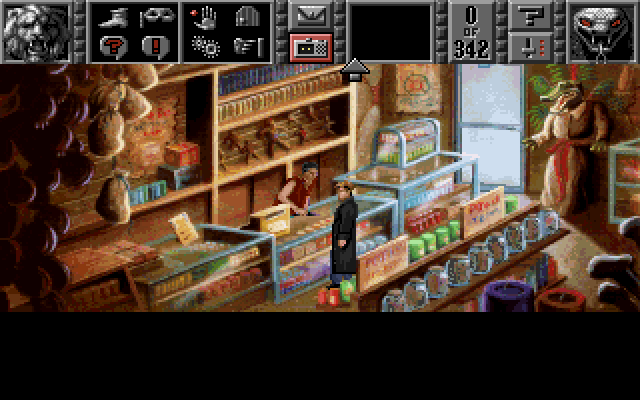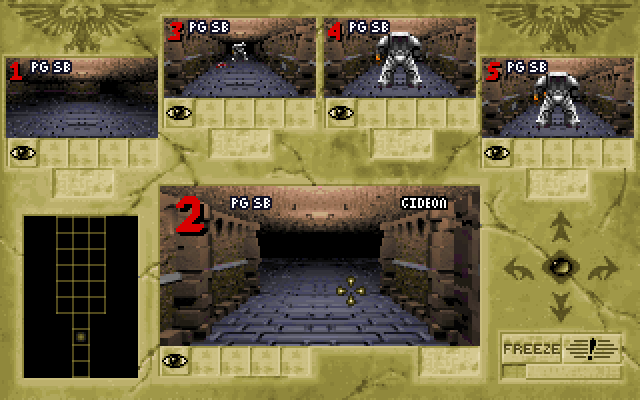Okay, I’m just plain old cheating this time.

This game was never released for the PC. It was released for the Apple II, Commodore 64 and Atari 800.
But it’s a special game so I’m making an exception.
Warren, I am hereby unretiring you, because you’re probably the only person to have any chance to get this one 🙂
Can anyone tell me what game this is, who developed it, and why it’s special?
EDIT: Okay, nobody got it. I guess I’m not that surprised.
The game is Caverns of Callisto, developed by Chuck Beuche. It is significant because it is the first game Origin Systems ever published, beating out Ultima III by about a month.








